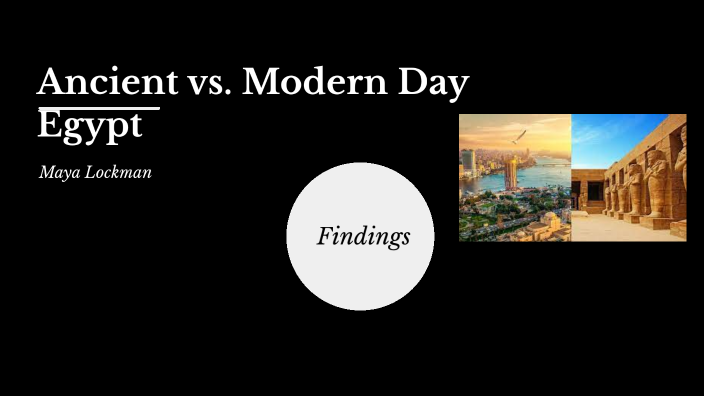How do I compute the units of production method of depreciation?

So now that you guys have seen the units of production method, why don’t you guys try some practice problems. If the estimated number of hours of usage or units of production changes over time, incorporate these changes into the calculation of the depreciation cost per hour or unit of production. A change in the estimate does not impact cash flows from investing activities definition depreciation that has already been recognized. Therefore, a change in estimate does not alter the financial statements for prior periods. The unit of production method plays a vital role in the calculation of depreciation of assets owned by a company. It is charged based on usage of the asset and avoid charging unnecessary depreciation.
Bookkeeping
Therefore, factor analysis could not be conducted in the study. The evaluation of the cost-effectiveness relationship in the utilization of healthcare services in intensive care is inevitable. An important determinant of this relationship is intensive care nursing workload.
Units of Production Depreciation Method
Many industries such as real estate do not incur changing output levels over time. Hence the activity-based depreciation method cannot be uniformly applied across all industries. The output level from any asset directly relates to the expenses incurred in production. The profitability levels fluctuate with different levels of the activities too. As with activity-based costing, the depreciation method connects the profitability with asset activities.
Disadvantages Of The Unit Of Production Method
Aside from unit of production method, there are other methods of measuring the depreciation of assets. Another method commonly used for depreciation is the modified accelerated cost recovery system . This depreciation method is commonly used for tax purposes, it is a standard way to depreciate assets using a declining balance for a period of time. As required by the Internal Revenue Service, businesses depreciate assets using MACRS when filing their tax reports.
The double-declining-balance (DDB) method, which is also referred to as the 200%-declining-balance method, is one of the accelerated methods of depreciation. DDB is an accelerated method because more depreciation expense is reported in the early years of an asset’s life and less depreciation expense in the later years. This is due to the fact that output levels can vary significantly from year to year, making it difficult to create an accurate estimate. A factor is calculated based on the expected number of units for that asset, rather than the class life of the asset as done for Straight Line and Declining Balance methods of depreciation. For example, units for a truck might be stated in miles driven. For a piece of equipment, units could be how many products the equipment can be expected to produce.

Activity Method Depreciation
As the name suggests, the main component in calculating depreciation under this method is the units of production. The cost accountants need to estimate the full useful potential of the asset first. The unit of production or activity-based method results in varying depreciation amounts over the useful life of the assets. Some seasonal demands for higher productions can also affect the output units, hence affecting the depreciation amount charged.
- Chartered accountant Michael Brown is the founder and CEO of Double Entry Bookkeeping.
- Instead, the depreciation is expressed and calculated based on the asset’s usage.
- Another scoring system measuring nursing workload Therapeutic Intervention Scoring System-28 (TISS-28), was developed by Cullen et al. in 1974 [12].
- An asset acquired on 5th Jan at the cost of $ has estimated the use of hours.
It looks like we’ve still got some space, so we don’t have to really worry about that just yet. So another 30,000 miles, so let’s find out what that rate going to be. 30,000 times 0.33 repeating and that’s going to give us 10,000 in depreciation for year 3, right? So if we do our previous accumulated depreciation of 20,000 plus another 10,000, well that gets us to 30,000 in total accumulated depreciation and it brings our net book value down to 12,000, Right? Well, why don’t we calculate how many miles we’ve driven the truck just to make sure we’re not run out of miles here. Our total estimated useful life is 120,000 miles and that’s what we are depreciating this truck over, is those 120,000 miles.
Over the life of the equipment, the maximum total amount of depreciation expense is $10,000. However, the amount of depreciation expense in any year depends on the number of images. Numerous tools for evaluating nursing workload have been acknowledged in both national and international literature [9]. One of these assessment tools the Critical Nursing Situation Index (CNSI), was developed by Binnekade et al.
The yearly profits and costs can be really spread out based on the actual performance and utility of the underlying assets. The other type of depreciation such as straight line and declining is depending on the time. They simply take the cost of assets and spread it over the estimated useful life. Even the assets do not in use, they still charge the same depreciation. It is hard to evaluate the company’s performance when depreciation expenses are huge as it will impact the income statement.

Leave a Comment